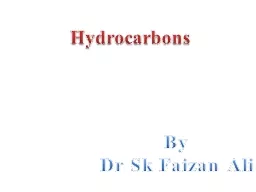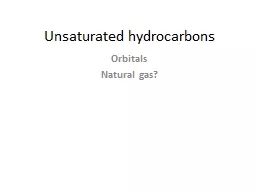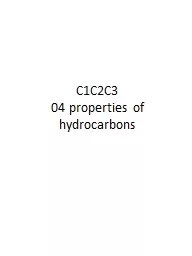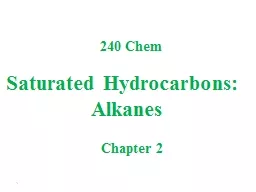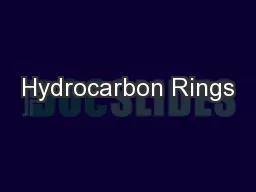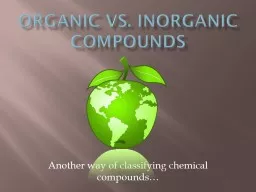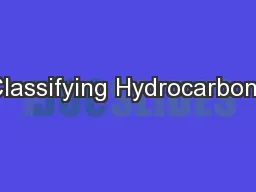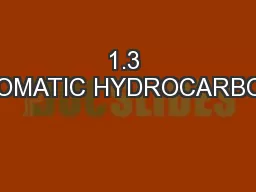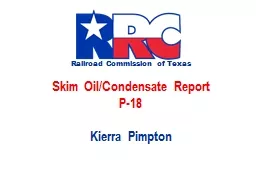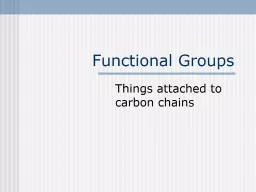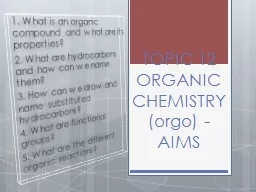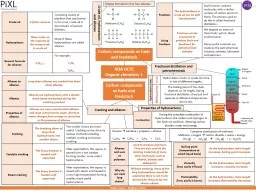PPT-Hydrocarbons By Dr Sk
Author : madeline | Published Date : 2022-06-28
Faizan Ali The term hydrocarbons has been used to represent compounds derived from petroleum distillation 1 Aliphatic Hydrocarbons Paraffins These comprise
Presentation Embed Code
Download Presentation
Download Presentation The PPT/PDF document "Hydrocarbons By Dr Sk" is the property of its rightful owner. Permission is granted to download and print the materials on this website for personal, non-commercial use only, and to display it on your personal computer provided you do not modify the materials and that you retain all copyright notices contained in the materials. By downloading content from our website, you accept the terms of this agreement.
Hydrocarbons By Dr Sk: Transcript
Download Rules Of Document
"Hydrocarbons By Dr Sk"The content belongs to its owner. You may download and print it for personal use, without modification, and keep all copyright notices. By downloading, you agree to these terms.
Related Documents

